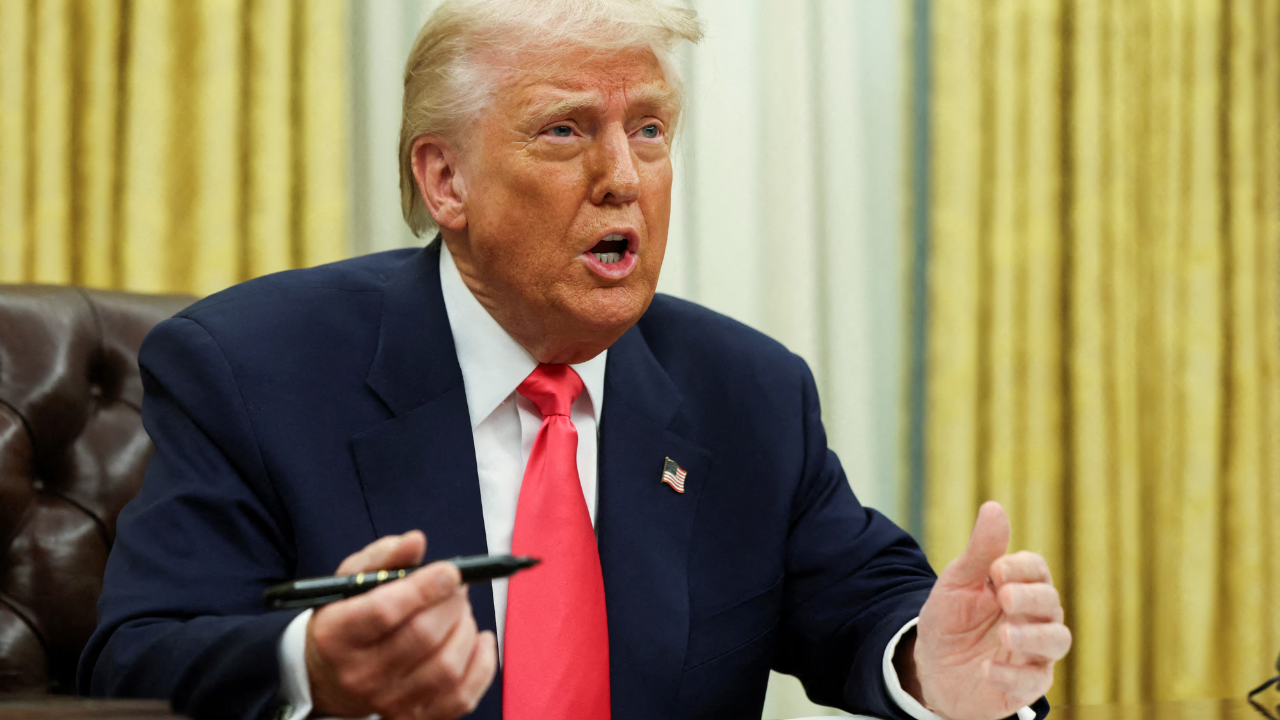President Donald Trump recently announced that the United States is on the verge of reaching a nuclear deal with Iran, emphasizing the urgent need for an agreement to prevent widespread loss of life. Speaking in an interview, Trump stated the deal is “close,” underscoring the high stakes by warning that failure to finalize an agreement could result in “a lot of people dead.”
The ongoing diplomatic talks have been progressing over the past few weeks, involving multiple rounds of negotiations primarily held in Oman and Rome. These discussions focus on addressing key contentious points, including Iran’s uranium enrichment program and the lifting of U.S. economic sanctions.
Background of the Negotiations
The talks between the U.S. and Iran restarted in April 2025 after years of heightened tensions following the U.S. withdrawal from the 2015 Joint Comprehensive Plan of Action (JCPOA) during the previous administration. The current negotiations aim to revive the agreement and create new terms that address concerns from both sides.
Iran has indicated a willingness to allow American inspectors from the International Atomic Energy Agency (IAEA) access to its nuclear facilities if the two countries can reach an accord. This would mark a significant step toward increased transparency and monitoring of Iran’s nuclear activities, which many global powers see as critical for regional security.
However, the talks remain complicated by several sticking points. Iran insists on maintaining the right to enrich uranium, a process that can be used both for civilian energy and, at higher levels, for nuclear weapons development. The United States, in contrast, demands a full halt to uranium enrichment to eliminate the risk of nuclear weapon proliferation.
Moreover, Iran is seeking assurances that any future U.S. administration will not abandon the deal, which happened under President Trump’s previous term. The lifting of sanctions and economic relief are also top priorities for Tehran.
Geopolitical Concerns and Regional Reactions
The situation is further complicated by geopolitical concerns, particularly from Israel. Israeli officials have expressed strong opposition to any deal that allows Iran to retain its uranium enrichment capabilities. Reports have suggested that Israel might consider military action should the negotiations fail to curb Iran’s nuclear ambitions.
In response to these concerns, President Trump has publicly cautioned Israeli Prime Minister Benjamin Netanyahu to avoid any military interventions or actions that could derail the ongoing diplomatic efforts. Trump emphasized the importance of diplomacy in avoiding further conflict and bloodshed in the Middle East.
The International Atomic Energy Agency (IAEA), responsible for monitoring nuclear programs worldwide, has welcomed the talks as a positive sign but remains cautious. Its chief recently stated that “the jury is still out” on the success of the negotiations, underlining the uncertainty ahead.
Urgency of the Deal
Trump’s comments reflect the heightened urgency surrounding the talks. With tensions rising and the potential for military conflict looming, the President’s stark warning highlights the risks of failure.
“The deal is close,” Trump said. “We don’t want to have a lot of people dead.” This statement underlines the human cost that could follow if diplomacy breaks down and conflict escalates.
The administration is working with international partners to facilitate an agreement that satisfies the core demands of all parties involved. The hope is to avoid another military confrontation in the region, which has seen decades of instability.
The U.S. Department of State has reiterated its commitment to a diplomatic solution that ensures Iran cannot develop nuclear weapons while also addressing the country’s economic grievances.
The world watches closely as the deadline approaches, hoping for a peaceful resolution that prevents further escalation in one of the most volatile regions on earth.


